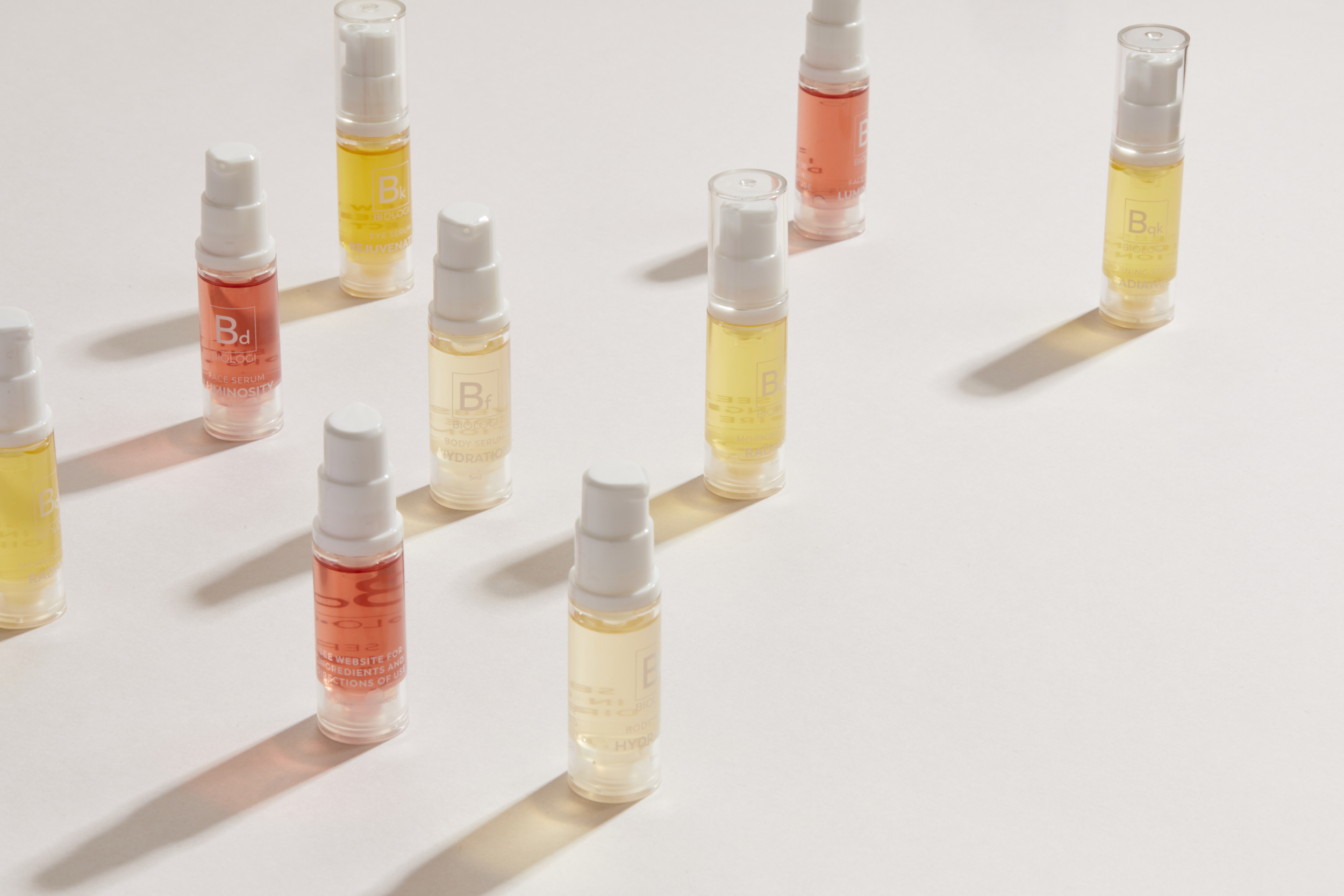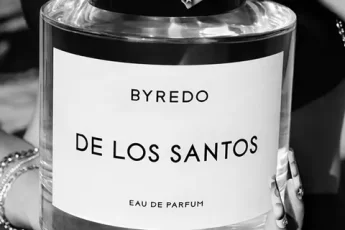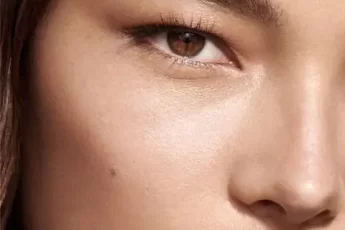Most people would assume that if an ingredient has made it into a skincare product then it’s probably safe for the skin, right? Well, not quite. Without sounding like a fear monger, there’s actually a host of non-essentials ingredients that should be avoided when it comes to skincare products. Unfortunately, the skincare industry is largely unregulated which means brands can use dangerous ingredients in their products, or worse – employ misleading marketing tactics to trick you into buying a product.
You’ll also like this:
The Beginners Dictionary: 10 Skincare Ingredients You Need To Get Familiar With NOW
5 Active Ingredients to Target your Skin Issues
Sensitive Skin? Add these 3 Gold Natural Ingredients in your Skincare Routine
What ingredients are bad for skincare?
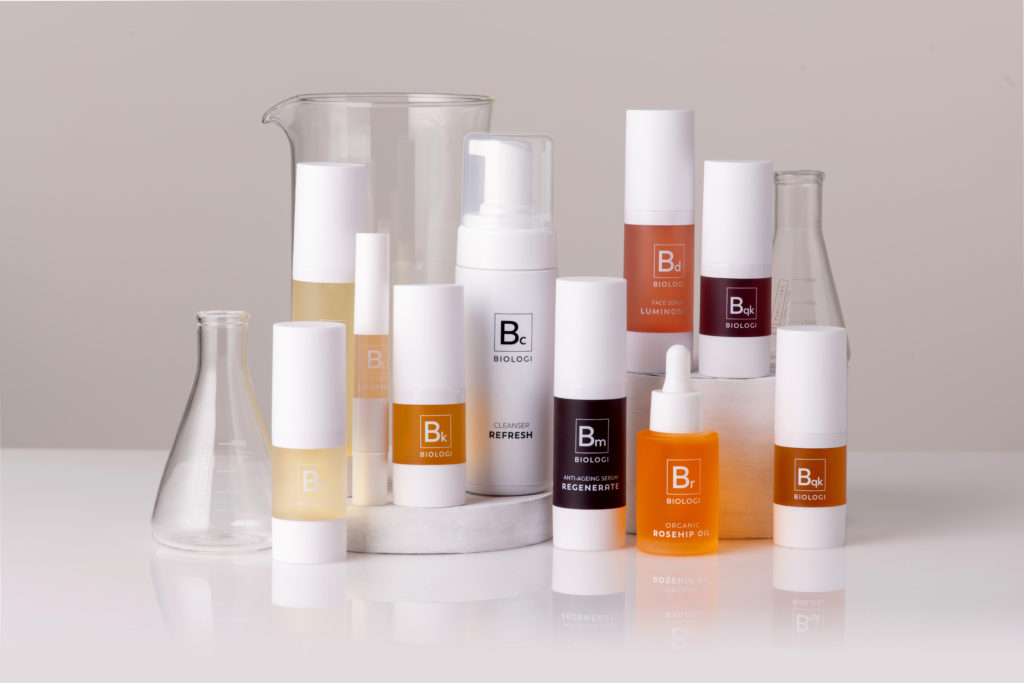
In fact, many countries in the European Union, USA, and the UK are proposing a ban on widely used ingredients in beauty products however, Australia and New Zealand will continue to allow them. Until regulations are tightened, consumers need to become more aware of what they are putting on their skin. Our skin is a living organ and requires nutrients (mostly water-soluble) that have little or no odor and that’s it.
Our skin is not designed or adapted to deal with these ingredients and thus rejects them, causing inflammation which results in skin issues and sensitivities. The issues ingredients, combined with other issues surrounding skincare products is what prompted me to create my own skincare brand Biologi.
Biologi is the only brand in the world that offers 100% active plant-based serums, created using a revolutionary extraction system. They are also the first skincare product in the world that contains natural, stable, active vitamin C. Using our revolutionary extraction system Biologi has been able to mimic the plant’s internal closed process to deliver consumers with 100% natural plant extracts, with of course contains absolutely no harmful ingredients to the skin.
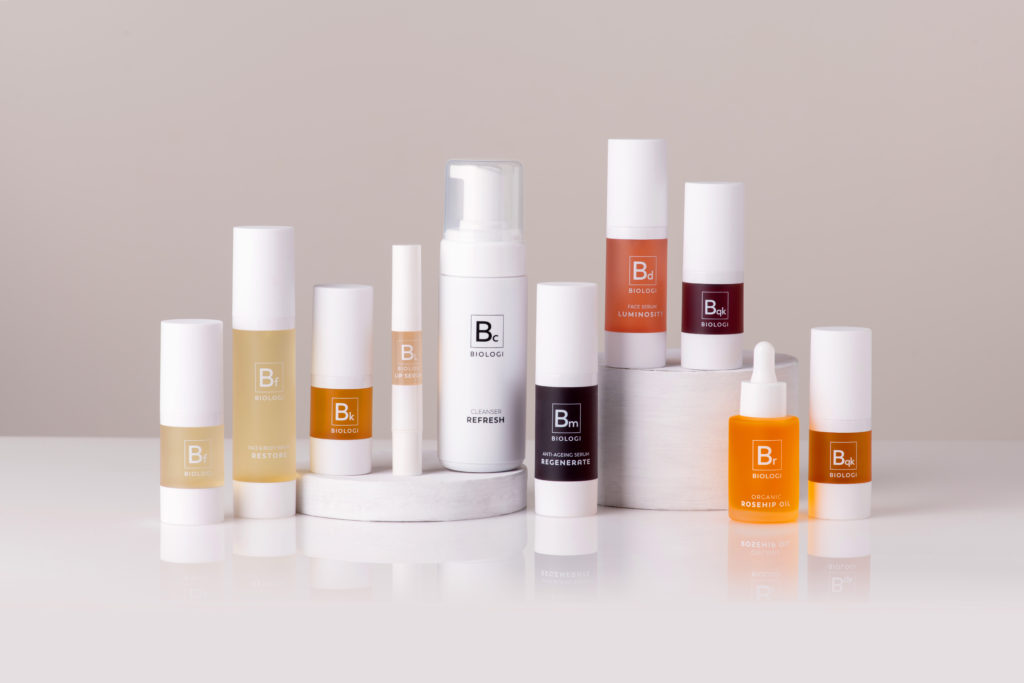
Non-Essentials Ingredients To Avoid From Now On
Here’s a list of the non-essentials ingredients to avoid in your skincare now according to Cosmetic Chemist Ross Macdougald.
1. FRAGRANCE
Fragranced products (or ones containing parfum) emit a range of chemicals that can be harmful to the skin. The scary thing is that these ingredients do not need to be fully disclosed on the product label or material safety data sheet. A study found that fragranced products are making us sick, with one in three Australians reporting adverse health effects from fragranced products, including breathing problems, migraine headaches, skin irritation, and asthma attacks. Even so-called ‘green’ ‘natural’ and organic fragranced products can emit hazardous pollutants, or disguise toxic chemicals under the guise of ‘fragrance’.
2. ALCOHOL
Alcohol can sound like a relatively harmless ingredient, especially since most people consume it on a regular basis, however different types of alcohol can, unfortunately, affect our skin differently. The issue with alcohol in skincare products is that it can be incredibly drying to the skin which can have on-flow effects beyond just looking dry.
Look out for alcohol, denatured alcohol, or ethanol listed on skincare products which are the ones to try and avoid. However, thankfully, there are some alcohols that can beneficial to the skin, such as Vitamin A and Vitamin E.
3. ESSENTIAL OILS
Often listed as a natural fragrance alternative, essential oils are popular in skincare products. This issue is, however, most essential oils contain known skin sensitisers that when applied to the skin (either directly or formulated in a product) over time will cause sensitisation and skin derma-logical problems, such as reddening, itchiness, and pigmentation to name a few. Peppermint and lavender oils are two essential oils that are used widely in skin care products and claim to be for sensitive skin.
These oils contain linalool, limonene & geraniol at over 50% of the oil and should never be used in any skincare product. From the 300 or so essential oils currently on the market over 95% of them contain one or more sensitisers. Over time and prolonged exposure to these compounds and oils you will become sensitised which may take the form of skin reddening, itchiness, pigmentation through to eczema, psoriasis, and other major skin problems.
Natural is not always better and can be worse or far more toxic than other ingredients.
4. COCONUT OIL
Coconut Oil is occlusive on the skin and even though it may give good slip and feel to touch, the effects could be detrimental and prolonged use can cause skin sensitivity and irritancy issues.
5. SUNLESS TANNING PRODUCTS
Ross says, that to his knowledge none of the brands in the market offering tanning products are truly natural or organic. They all contain synthetically produced ingredients labeled “naturally derived” however the active ingredient in these types of products is Dihydroxyacetone (DHA), which is completely synthetic and does not appear in nature. DHA is created through a chemical reaction by the oxidation of glycerol with hydrogen peroxide and a metal salt as a catalyst. It can also be synthetically produced from glycerol using cationic palladium-based catalysts with oxygen, air, or benzoquinone acting as co-oxidant.
On investigation of DHA, he said that it was shocking to find several clinical assessments stating “that there is no clear, safe use of DHA-containing sunless tanning products. The chemical reactions that occur during the Maillard reaction caused by DHA in sunless tanning products may cause DNA damage. This DNA damage seen with the use of DHA in sunless tanning products can cause diseases in the human body. Increasing evidence suggests that DHA contained in sunless tanning products causes changes in pigmented lesions”.
6. PARABENS
There has been a surge lately of brands claiming ‘no parabens’ and rightly so. Parabens are synthetic preservatives that have been linked to an array of harmful health issues like cancer, hormone disruption, DNA damage, and increased skin aging.
To keep on the safe side, try to avoid anything ending with the word paraben, such as ingredients like methylparaben, butylparaben, ethylparaben, Propylparaben, and isobutylparaben.
7. SOME VITAMIN C PRODUCTS
Vitamin C is an example of an ingredient that brands will often claim is natural, but in most cases, what they are really offering is Ascorbic Acid. What people don’t realise is that some processes to make Ascorbic Acid use Acetone (nail polish remover), which people then put on their faces! It is important to note that there are two different types of Vitamin C.
The first type is synthetic (Ascorbic Acid), and the second type is natural. In the past, synthetic Vitamin C in skincare was the only option available, simply because experts didn’t have the technology to extract natural Vitamin C and keep it stable. Many brands labeled their ingredient as ‘Vitamin C’ (and in some misleading cases as ‘natural Vitamin C’) however when you delve deeper, it is actually Ascorbic Acid.
The reason for this is because Vitamin C would be extracted from the plant but once it left the plant it would break down, rendering it ineffective. So, the industry created what is known as Ascorbic Acid and labeled it as Vitamin C because it was considered the closest thing to the ‘real deal’. The key difference between Natural Vitamin C and Ascorbic Acid is obviously that one is natural and the other is synthetic, however, the pH levels also dramatically differ.
Natural Vitamin C has a pH of 6 to pH neutral, while Ascorbic Acid has a pH of 1 to 2.5. The pH of Ascorbic Acid is extremely dangerous, especially when applied topically. It can cause skin irritation, reddening, and chemical burns. Opt for a completely natural and pure alternative like Biologi’s Bk Rejuventation Eye Serum or Biologi’s Bf Restore Face and Body Serum.
8. MICELLAR WATER
Micellar water has been touted as the miracle makeup remover, championed by beauty aficionados the world over for its effectiveness in removing dirt and makeup. So big is micellar water’s following that in 2017, the global micellar water market was valued at about 112.3 million U.S. dollars. The market is forecast to reach 184 million dollars by 2023. This proves that micellar water is seemingly a big deal, however, most people don’t know what Micellar Water actually is.
To understand what Micellar Water is, firstly we need to understand the word ‘micelle’. Micelles are oil molecules that arrange themselves in a spherical form in aqueous (water) solutions with the addition of a synthetic emulsifier/surfactant. A micelle is a molecule that has opposite ends where one is attracted to water and the other is attracted to oil. This means that they are able to grab dirt, makeup, and residue from the face and rinse away easily.
Besides Micellar Water, shampoo is a great example of a true micelle product that acts as a hair cleanser of excess product build-up and oil. There’s absolutely no arguing that micelles do a good job at removing dirt, oil, and makeup residue, however, here is the truth on Micellar Water that nobody ever tells you.
It might look like you are putting some innocent-looking solution on your face, however, this type of product is completely synthetic and not at all-natural. Brands are trying to tell you otherwise, using tricky marketing jargon and sales techniques to hide the real truth. What’s worse, some brands of Micellar Water are selling you something a lot more sinister – containing Polyaminopropyl biguanide (PHMB), a cancer-causing ingredient. Yes, you read that right.
*Sources: https://www.statista.com/statistics/863223/global-micellar-water-market-value/
9. SILICONES
Brands often fail to mention that added silicones in products means you’re basically wrapping your skin in cling wrap plastic. Silicones suffocate the skin and can cause a series of irritations, such as acne. Silicones were not developed for the cosmetic industry. They are typically heat-resistant and either liquid or rubber-like, and are used in sealants, adhesives, lubricants, medicine, cooking utensils, and thermal and electrical insulation. Silicones like glycols will give a smooth feeling to the skin once applied as they can’t be absorbed thus sit on the skin creating a smooth film layer.
They also give the skin a smooth feeling due to its ability to fill shallows on an uneven skin surface. Glycols have no use for the skin and may cause skin sensitization and allergic reactions over time. Recently the word silicone has been dropping off the back of skincare labels. It is being replaced with a longer worded chemical name such as C10-30 alkyl acrylate crosspolymer, which is still a silicone. Be mindful of the word cross-polymer. We have the industrial revolution to thank for these ingredients. Are they beneficial to the skin? I’ll let you answer that one.
10. FREE FROM…
Not specifically an ingredient to avoid, however certainly a marketing tactic to avoid. Using the term ‘Free From’ on a product is a great tactic employed by marketers to shift the focus from what’s actually in the product. We’ve seen the labels stating ‘free from parabens, sulfates, etc, and yet chances are the product still contains toxins. Also know that many brands don’t include a full listing of their ingredients. Usually what can be left out is the synthetic emulsifiers and preservatives. Whilst there are mandatory standards in Australia for ingredients labeling, some ingredients can be called something else, or under a banner term (such as mentioned earlier when talking about fragrances). essentials ingredients essentials ingredients
You’ll also like this:
Active Ingredients: How to Incorporate Them in Your Skincare Routine
These Are The Best, Non-Toxic At Home Tanning Brands
How to Balance your Hormones and Mind with this Vegan-Friendly Supplement
General FAQS
How do you check the ingredients in your skin?
Every skincare or makeup product should have its full ingredients listed on the packaging.
How do you know if ingredients are toxic?
You can use apps like EWG’s Healthy Living to scan a product, see it’s EWG rating, ingredients, and suggestions to help you pick something less toxic.
How do you know if a product is natural?
Many experts agree that the only way to be totally sure that a product is 100-percent natural is if there’s a third-party certification or seal on the product that verifies that there are no synthetic chemicals in the formula.
essentials ingredients essentials ingredients essentials ingredients essentials ingredients essentials ingredients essentials ingredients

